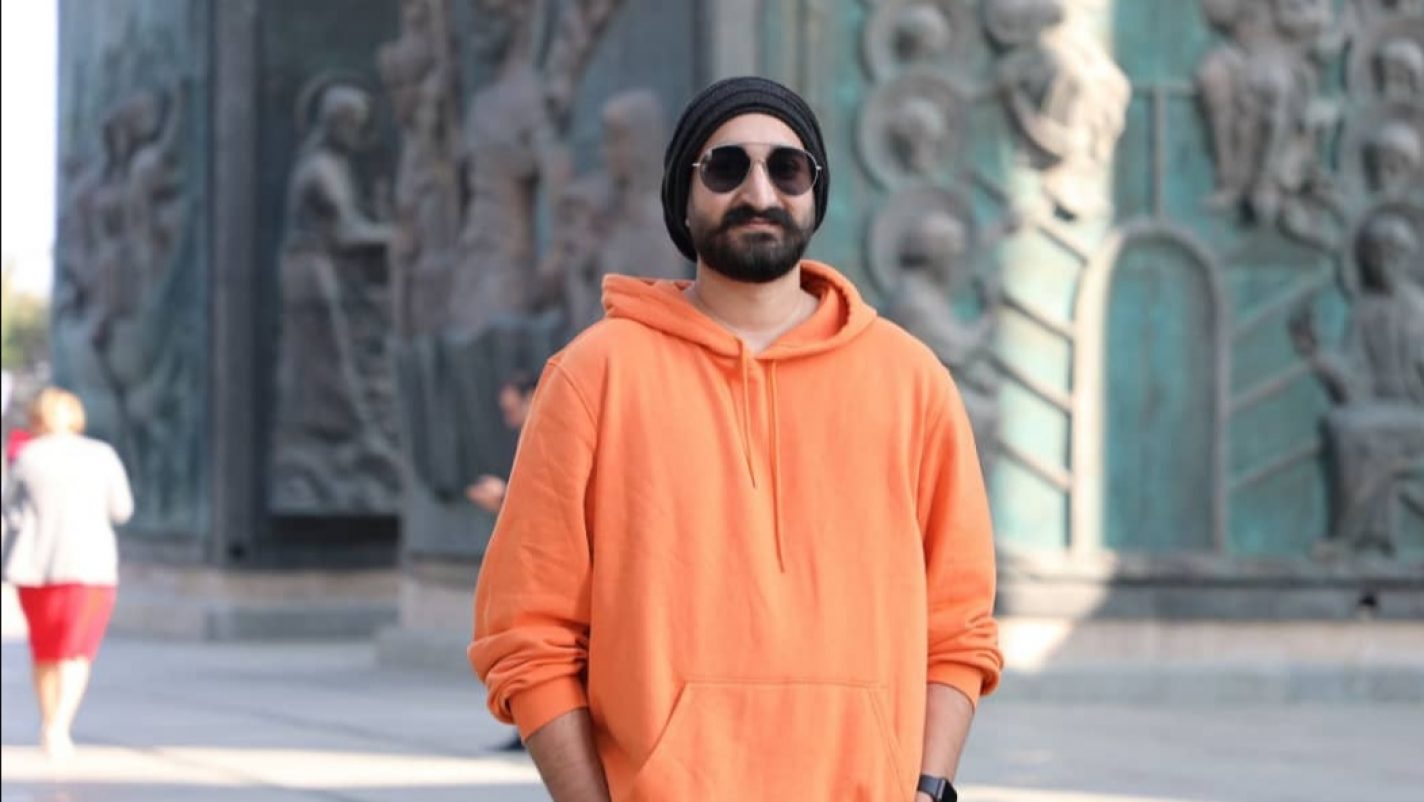Fashion is a language of expression. What we wear speaks volumes about who we are, how we feel, and the statement we want to make in the world. Today, the fashion landscape is divided into two dominant categories: designer fashion and fast fashion. Both are popular, but they exist on very different ends of the spectrum
While fast fashion thrives on mass production and quick turnarounds, designer fashion emphasizes artistry, quality, and timeless appeal. Understanding what sets designer fashion apart from fast trends helps us appreciate why certain pieces endure for years while others fade away after a single season.
The Essence of Designer Fashion
Designer fashion is more than just clothing—it is a work of art crafted with vision and intention. Every piece begins with a concept, often rooted in the designer’s unique perspective, cultural influences, or inspiration drawn from art, history, or nature. Unlike fast fashion, which quickly replicates existing styles, designer labels innovate and push creative boundaries.
A designer garment carries the mark of originality. The cuts, fabrics, embellishments, and even stitching details are chosen to reflect individuality. Wearing a designer piece isn’t just about dressing—it’s about embodying a narrative, embracing exclusivity, and aligning with a vision that has been meticulously brought to life.
Fast Trends: Speed Over Substance
Fast fashion operates on the principle of immediacy. Brands rush to replicate runway or celebrity looks, delivering affordable versions to consumers in record time. While this allows people to stay on top of changing styles, the trade-off often comes in the form of poor craftsmanship, low-quality fabrics, and designs that lack depth.
The cycle of fast fashion is fleeting. A jacket or dress that looks stylish today might feel outdated in just a few months. Moreover, because production prioritizes speed and low cost, garments often lose shape or fade after minimal wear. For those who view fashion as disposable, this may not be an issue. But for individuals seeking longevity, character, and lasting value, fast fashion rarely delivers.
Quality as a Defining Factor
One of the most striking differences between designer fashion and fast trends lies in quality. Designer pieces are made with premium fabrics such as silk, cashmere, or high-grade cotton, and they are carefully constructed to last. Attention is given to every seam, button, and lining, ensuring not just beauty but also durability.
Fast fashion, on the other hand, tends to use synthetic materials that can be produced inexpensively. While this keeps costs down for the consumer, it also compromises comfort and longevity. A designer coat may last a decade with proper care, while its fast-fashion equivalent may struggle to survive a single winter season.
Timelessness vs. Temporariness
Fashion trends move in cycles, but true style endures. Designer labels create collections with an eye for longevity. Their pieces often transcend seasons, allowing wearers to integrate them into wardrobes year after year. The timeless appeal of a well-crafted designer dress or tailored blazer makes it versatile across occasions and eras.
In contrast, fast fashion is built on the concept of temporariness. Its business model thrives on encouraging consumers to constantly buy the latest items, creating a revolving-door effect where clothes are discarded as quickly as they are purchased. This cycle not only burdens wallets over time but also contributes to growing environmntal waste.
Exclusivity and Individuality
Designer fashion offers something fast fashion cannot: exclusivity. Owning a designer garment often means possessing something rare, limited, or unique. Limited production runs or signature collections ensure that not everyone will be wearing the same outfit. This exclusivity elevates personal style and creates a sense of individuality.
Fast fashion, being mass-produced, rarely provides this sense of uniqueness. Popular designs are replicated in bulk, meaning you might find dozens of people wearing the same dress or shirt. For those who value standing out, this lack of individuality can be disappointing.
The Emotional Value of Designer Fashion
There is also an emotional element tied to designer pieces. Purchasing a garment from a luxury label often feels like an investment in oneself. The care that goes into design, production, and presentation creates a deeper connection between wearer and wardrobe.
For example, brands like Joseph Ribkoff have built reputations for designing clothes that don’t just look beautiful but also empower individuals to feel confident and authentic. Such emotional resonance rarely comes from fast-fashion items that are seen as replaceable.
Sustainability and Ethical Practices
Another distinction lies in the approach to sustainability. Many designer brands are increasingly adopting eco-conscious practices, sourcing sustainable fabrics, and prioritizing fair labor conditions. While luxury fashion has historically been criticized for exclusivity, its emphasis on quality and longevity naturally supports a more sustainable lifestyle—fewer purchases, but better ones.
Fast fashion, in contrast, has faced heavy criticism for its environmental impact. With rapid production cycles and enormous waste, it has become one of the leading contributors to global textile pollution. Furthermore, many fast-fashion brands rely on low-cost labor in challenging conditions, raising ethical concerns about workers’ rights and well-being.
Cost vs. Value
Price is often the first point of comparison between designer and fast fashion. While fast fashion is undeniably affordable, the low price tag comes at the expense of quality, durability, and ethics. Designer fashion, on the other hand, commands a higher price point but delivers long-term value.
Think of it this way: buying five fast-fashion dresses in a year that wear out quickly may cost the same as one timeless designer dress that lasts for years, maintains its appeal, and continues to bring joy each time it’s worn. The real difference lies in value, not just cost.
Cultural Influence and Legacy
Designer fashion also shapes culture in a way that fast trends cannot. Iconic designers set the tone for entire generations, influencing art, film, and even politics
Their creations often become symbols of cultural moments, passed down through decades. Fast fashion, while widely consumed, rarely achieves this kind of cultural relevance.
Making the Choice: Designer or Fast Fashion?
Ultimately, the choice between designer fashion and fast fashion comes down to priorities. If affordability and staying on-trend quickly are your main goals, fast fashion may serve its purpose. But if you value artistry, sustainability, uniqueness, and long-lasting quality, investing in designer pieces makes far more sense.
Fashion is not just about covering the body—it’s about telling your story. Designer garments allow that story to unfold with depth, richness, and authenticity. They provide more than fleeting style; they offer legacy, confidence, and a connection to the artistry of creation itself.
Conclusion
In a world where trends change with the swipe of a finger, designer fashion stands tall as a beacon of timeless elegance. What sets it apart from fast fashion is not just the price or the label, but the philosophy behind it—quality over quantity, individuality over imitation, sustainability over waste.
When you invest in a designer piece, you invest in something much more meaningful than a garment—you invest in artistry, heritage, and a style that endures far beyond a passing season. And that is what truly sets designer fashion apart from fast trends.









